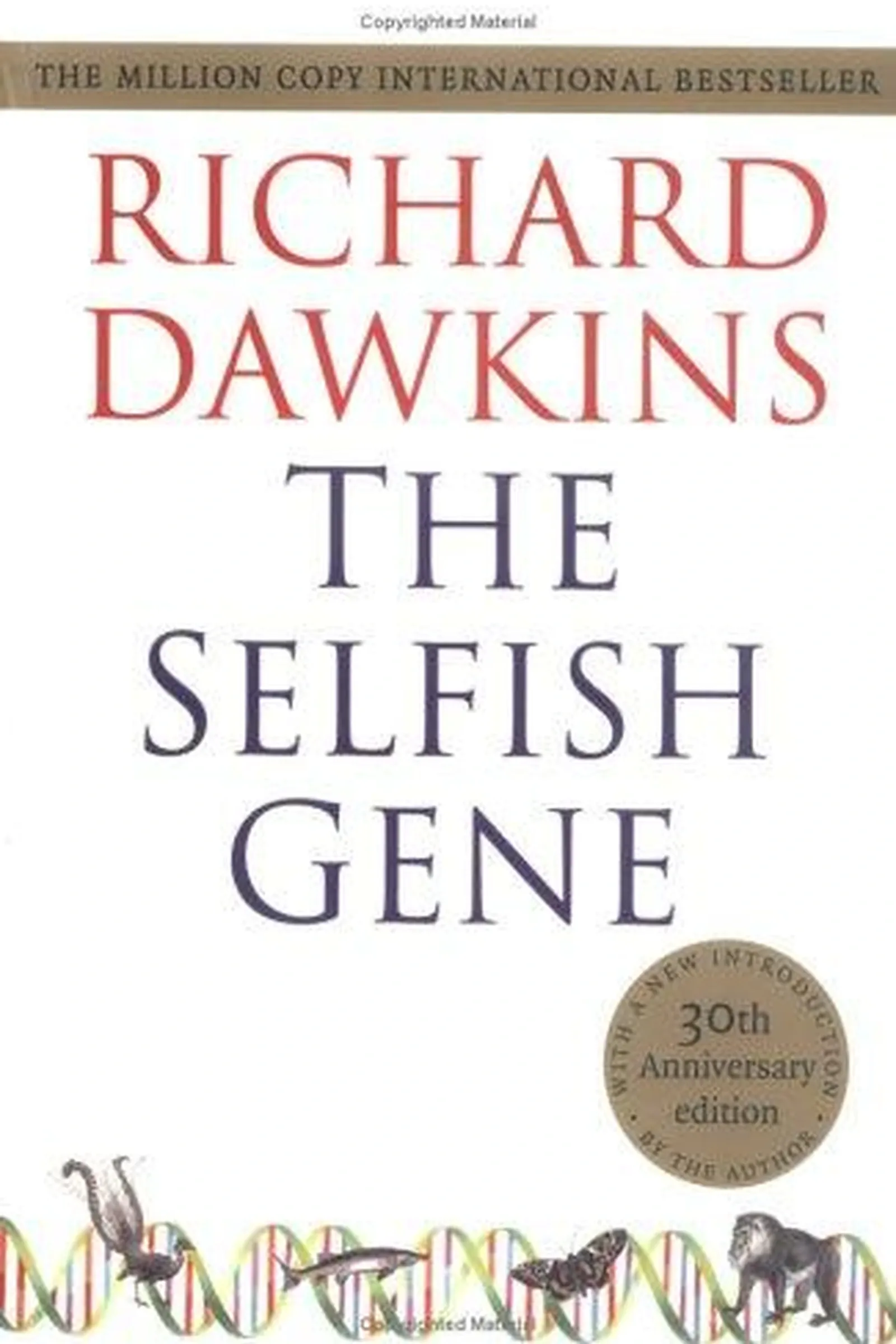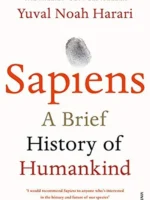The Selfish Gene, Richard Dawkins, 1976
- Author: Richard Dawkins
- Genre: Science
- Publisher: Oxford University Press
- Publication Year: 1976
- Pages: 384
- Format: Paperback
- Language: English
- ISBN: 978-0198788607
- Rating: 4,2 ★★★★☆
The Selfish Gene Review
The Selfish Gene by Richard Dawkins is a landmark in evolutionary thinking. First published in 1976, it reframes evolution through the lens of genes rather than individuals or species. For you, this book offers a clear way to see why organisms behave as they do: cooperation, conflict, parenting, even kindness can be understood through genetic payoff. It is bold, readable, and still sparks useful debate.
Overview
Dawkins explains natural selection with everyday language and sharp examples. You will see how genes influence behavior by increasing their chances of being passed on. The book introduces ideas that entered common speech: evolutionary game theory in simple forms, kin selection, reciprocal altruism, and memes as cultural analogs of genes. You do not need a biology background to follow the logic: the arguments build step by step, with thought experiments that stick.
Summary
The core claim is simple: genes are the units that endure across generations, so selection acts most directly on them. From that point, you can understand animal strategies as ways genes protect and copy themselves. Apparent altruism often helps relatives who share those genes, or it sets up exchanges that pay off later. Parental investment, sibling rivalry, and mating tactics become case studies in cost and benefit. The book closes by widening the frame: culture also evolves when ideas replicate and compete, which Dawkins calls memes. The result is a toolkit for thinking about behavior rather than a list of facts to memorize.
Author
Richard Dawkins is an evolutionary biologist and gifted science communicator. His style is precise, direct, and rich with images you remember long after reading. You will benefit from his habit of testing an idea from several angles: he invites challenge, then shows where the reasoning holds.
Key Themes
You will explore genes as long-lived decision makers by proxy. You will see altruism redefined as strategy that benefits shared genes. You will meet conflict within families when interests diverge: parent and offspring, sibling and sibling. You will consider culture as a second channel of inheritance via memes. You will learn to translate behavior into payoffs that selection can act on.
Strengths and Weaknesses
You can appreciate the clarity: hard ideas become intuitive with clean metaphors and careful logic. The examples are varied and concrete, which keeps the pace lively. On the downside, some readers take the metaphor of the selfish gene too literally: genes do not think, and Dawkins repeats that caution, but it still trips people up. A few sections feel dense if you are new to probability. Overall, you get a powerful frame that remains useful across biology and beyond.
Target Audience
This book suits students, educators, and curious readers who want a firm grasp of evolution without heavy math. It also helps people in psychology, economics, design, and culture who want a blueprint for thinking about incentives and replication. Book clubs that enjoy idea driven nonfiction will find lots to discuss.
Favorite Quotes
You will find crisp sentences that pack a concept into a single line: short definitions of altruism, clear statements about selection, quick images that make abstract ideas concrete. They work as anchors when you revisit the argument later.
Takeaways
For you, the key takeaway is a shift in perspective: look at behavior through what helps information persist. With that lens, kindness, cheating, cooperation, and punishment become patterns you can analyze rather than mysteries. You will leave with a habit of asking simple questions: who benefits, when, and at what cost. That habit travels well from biology to culture and back again.
| pa_author | Richard Dawkins |
|---|---|
| ISBN | 978-8-590-27019-8 |
| pa_year | 1958 |
| Pages | 306 |
| Language | English |







